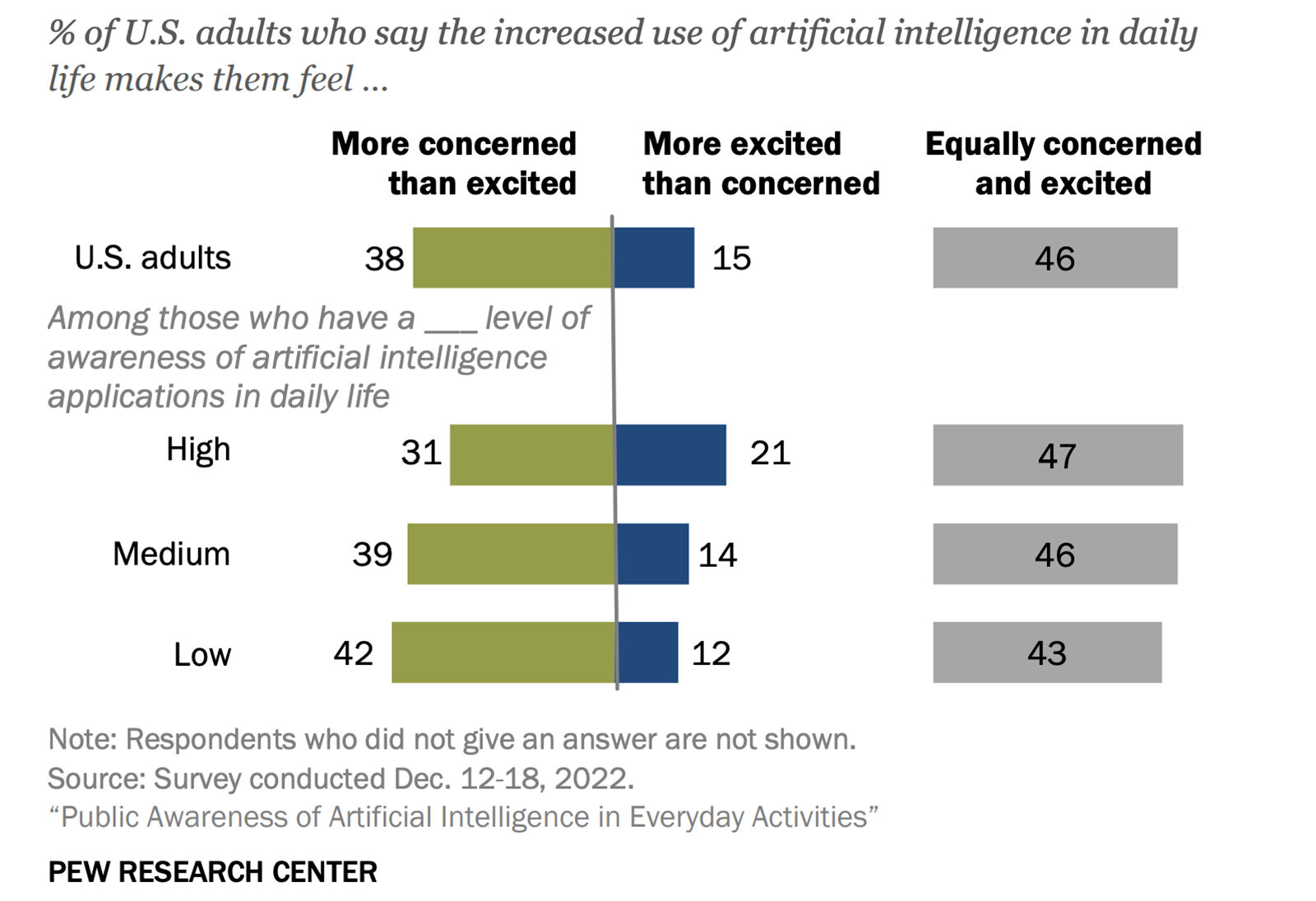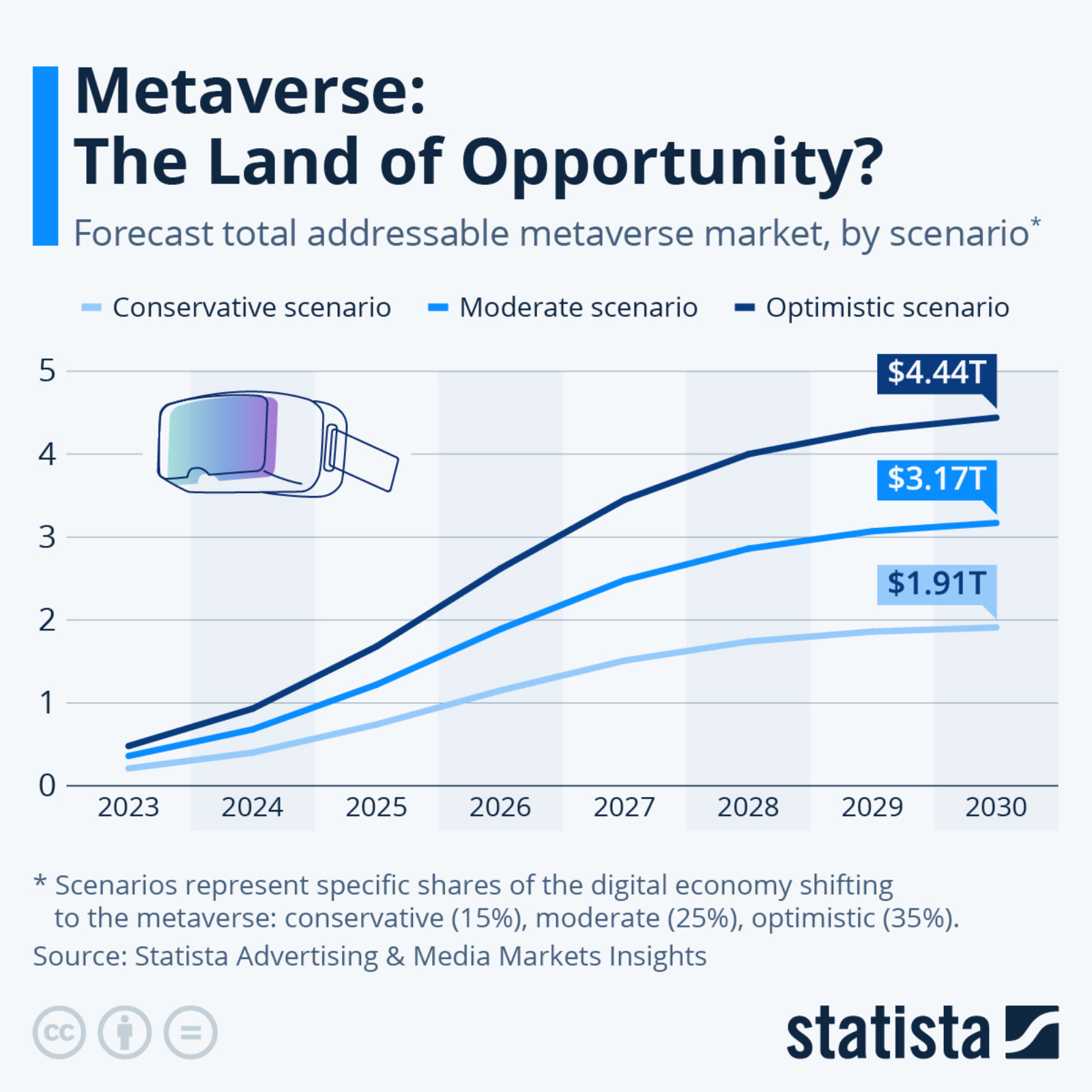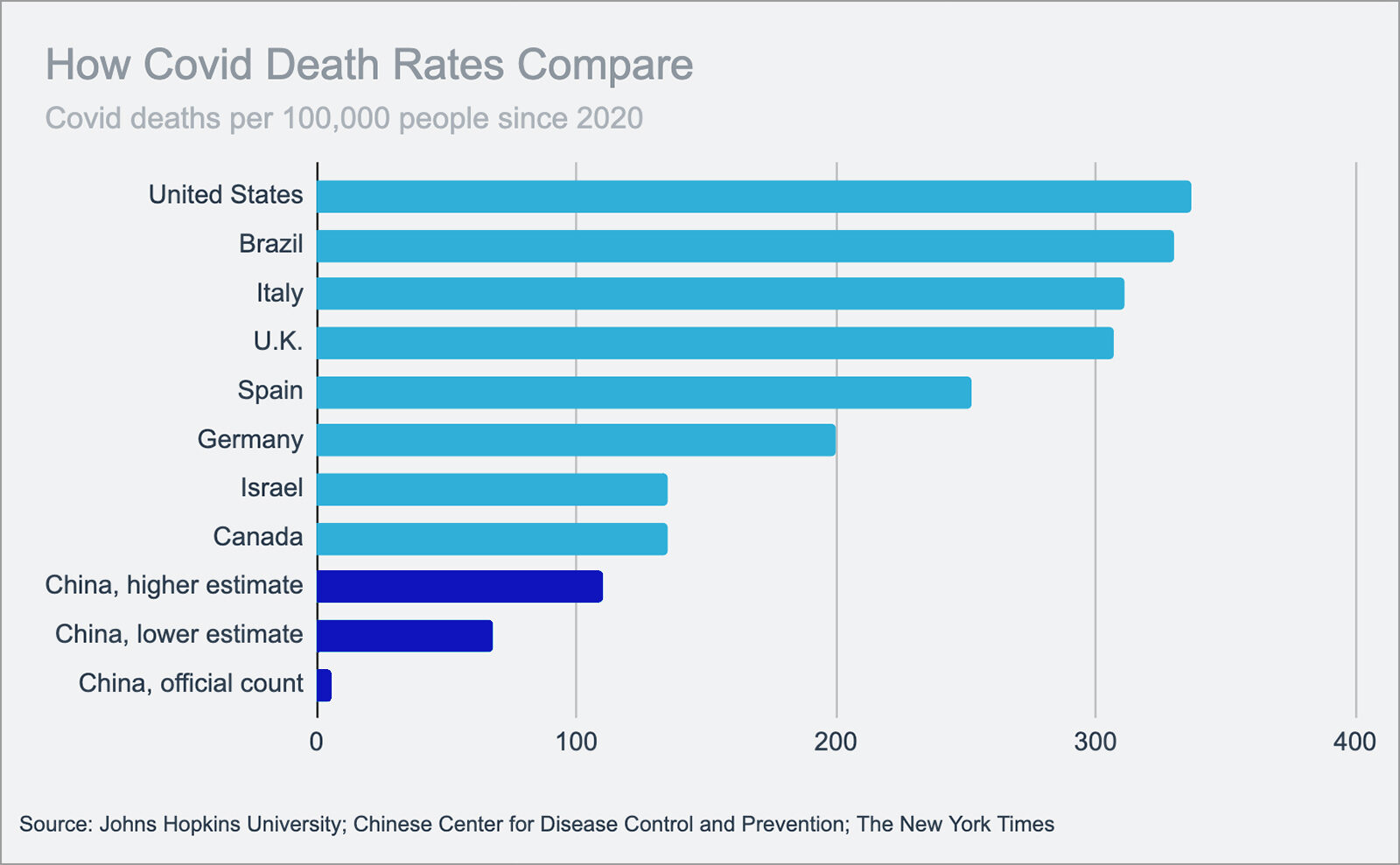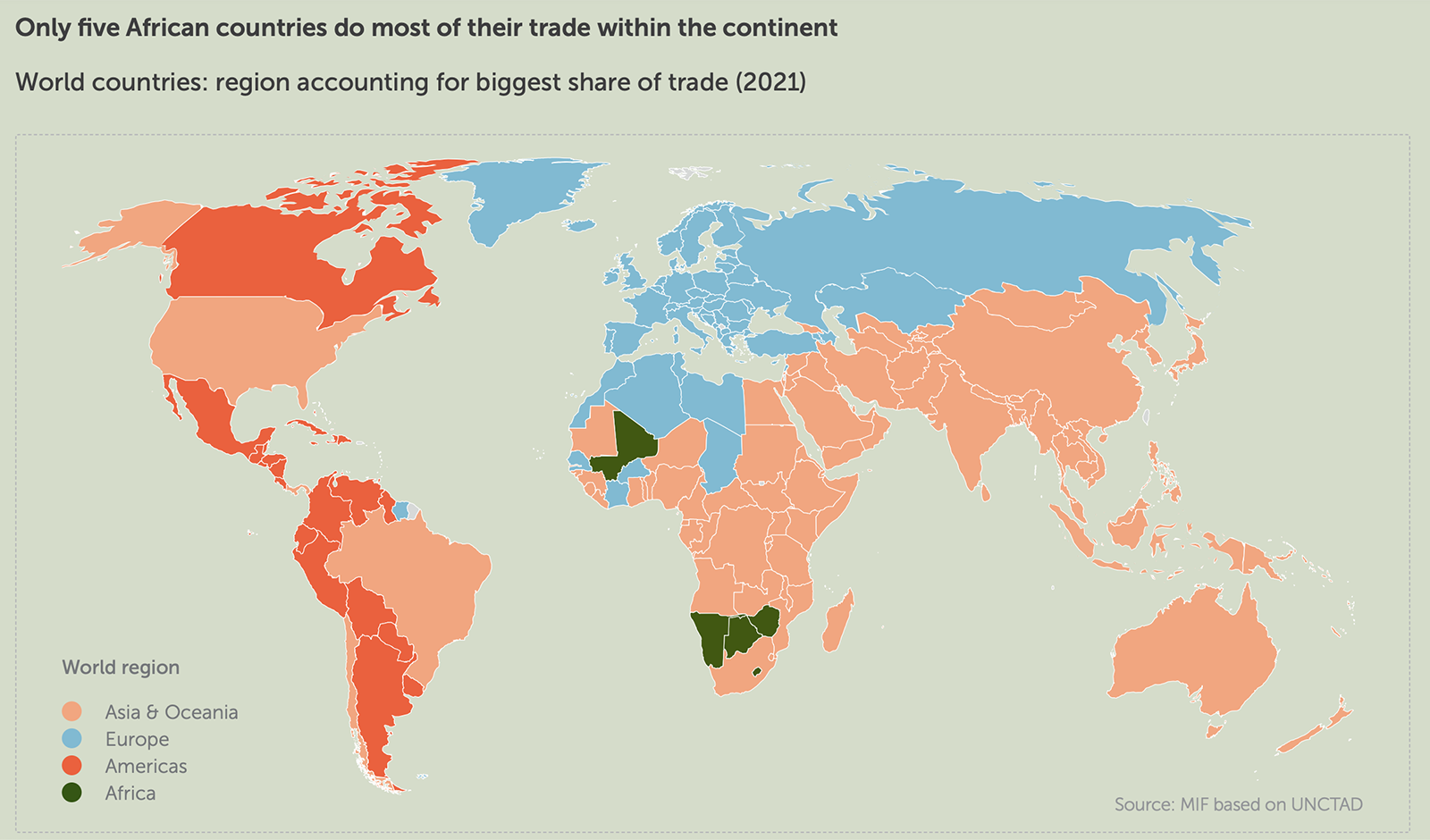NOAA Forecast Shows Dire Situation for Great Barrier Reef
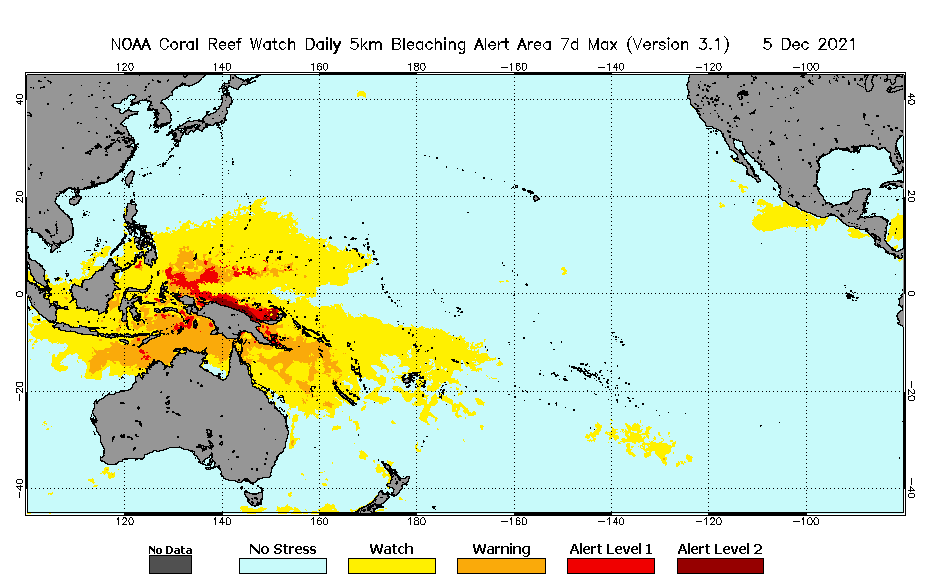
The Great Barrier Reef in Australia could face a mass bleaching event at the end of January according to reports from the U.S. National Oceanic and Atmospheric Administration. Water temperatures are currently above average throughout the reef, with some areas 35.6 degrees Fahrenheit (2 degrees Celsius) higher.
“When water is too warm,” says NOAA, “corals will expel the algae … living in their tissues causing the coral to turn completely white.” Bleaching does not kill the coral, but if exposed to warmer-than-average water temperatures for too long, coral will eventually die out, putting the biodiversity of the ocean at risk.
Although 2021 was a year of recovery for global reefs due to relatively lower ocean temperatures and lack of cyclones, this warning by NOAA comes just two years after a mass bleaching event occurred in 2020. According to a recently released report, 98% of the Great Barrier Reef has experienced bleaching since 1998. To anticipate the inevitable effects of climate change, scientists are working on breeding resilient types of coral, with the intent of introducing them to affected areas.


